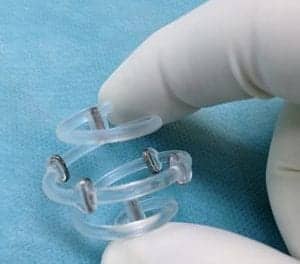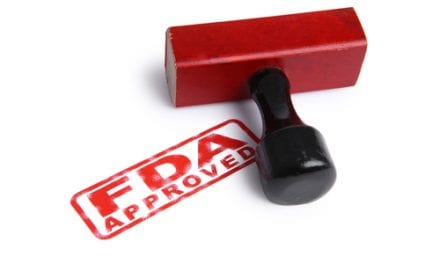 |
| Andrew S. Frankel, MD |
Andrew S. Frankel, MD, is a facial plastic surgeon at the Lasky Clinic in Beverly Hills, Calif, where he has been practicing for 12 years. Much of Frankel’s practice involves using injectable fillers. Frankel was a principal investigator in the FDA clinical trials for Juvéderm™. He was also an evaluating investigator in the Restylane® FDA trial. Frankel has coauthored a study and paper regarding the use of hyaluronidase for treating undesirable bumps that can result from treatment with these products.
What areas of the face have you treated with Juvéderm? What were the results?
I have treated several areas of the face with Juvéderm, including the nasolabial folds, the upper and lower lips, the inferior oral commissure grooves, the jawline, the submalar and malar areas, the tear trough areas at the inferior orbital rim, under the tail of the brows, scars, and along the nasal dorsum. I find the results from these injections to be consistently good and long-lasting. For superficial lines, I obtain smooth results with very little lumping or ridging. I have found that in areas where the skin is thin, such as the lower eyelid area, the results are less ideal than in other areas because of post-treatment swelling.
The FDA approved three different formulations for Juvéderm. Which formulation have you used and why?
I use Juvéderm Ultra and Juvéderm Ultra Plus. The Ultra formulation is more versatile, and I prefer it for most areas because it is less likely to create irregularities or firmness. In areas where I am sculpting rather than filling—in wrinkles or superficial defects—I prefer to use the Ultra Plus because it is densely cross-linked and has a greater lifting and contouring capability.
In your experience, how does the consistency of Juvéderm compare to that of other hyaluronic acid fillers?
Compared to other hyaluronic acid fillers, I find Juvéderm to have a more regular, cohesive consistency, which provides a smoother result. Injecting Juvéderm through a 30-gauge needle requires more initial pressure on the syringe than the other products. However, once it begins to flow, I find that Juvéderm fills evenly and is easy to work with.
Have you seen any differences when using Juvéderm on different skin types?
I believe a thicker dermis accommodates more Juvéderm and allows greater binding of water. There are also fewer surface irregularities in patients with thick skin compared to patients with thin skin.
What side effects have you seen as a result of using Juvéderm?
If I had to differentiate Juvéderm from other hyaluronic acid fillers with respect to “side effects,” I would say that in areas where the dermis is thin, it can create increased fullness or “overcorrection.” This may not be immediately apparent, but it can show up 2 to 3 days after the injection. I attribute this to the greater concentration of hyaluronic acid in Juvéderm, which likely is binding more water.





